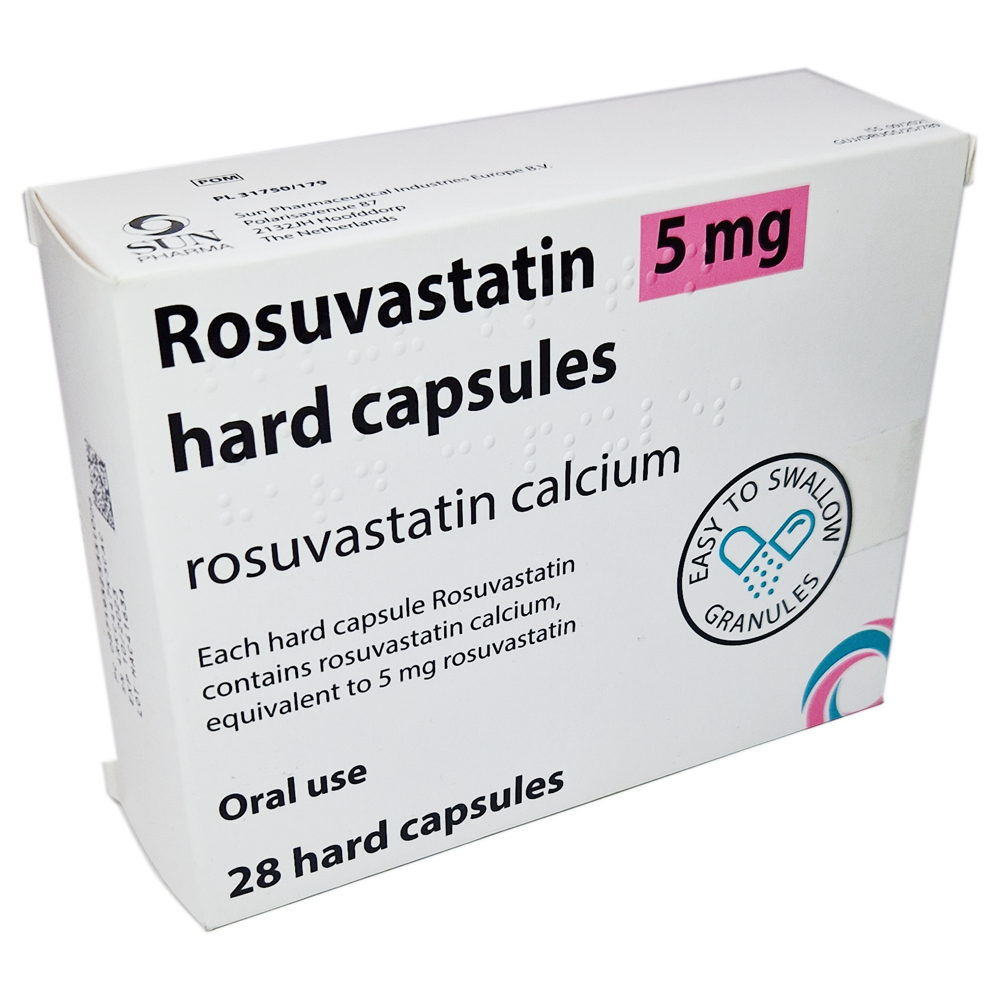The field of sonography, also known as ultrasound technology, has revolutionized the medical imaging landscape by providing a non-invasive and effective means of diagnosing and monitoring a wide range of medical conditions. The accuracy of sonography results is paramount for making informed clinical decisions, and it heavily relies on the skill and knowledge of the sonographer. Here are 10 sonography tips that can enhance the accuracy of results, covering both technical aspects and best practices in patient preparation and interaction.
1. Optimize Patient Preparation
Proper patient preparation is crucial for obtaining high-quality images. This includes ensuring the patient has followed specific dietary instructions (if necessary), removing jewelry, and wearing comfortable, loose-fitting clothing that allows for easy access to the area of interest. Clear communication about the procedure can also help in managing patient anxiety and ensuring they remain still during the examination.
2. Select the Right Transducer
Choosing the appropriate transducer for the specific exam is essential. Different transducers have varying frequencies, which affect depth penetration and resolution. Higher frequency transducers offer better resolution but less depth penetration, making them ideal for superficial structures. Conversely, lower frequency transducers are better suited for deeper structures but provide lower resolution.
3. Adjust Instrument Settings
The initial settings on the ultrasound machine might not be ideal for every patient or every examination. Adjusting the depth, focus, and gain settings can significantly improve image quality. The goal is to optimize the image for the specific anatomy being examined, ensuring that both superficial and deep structures are clearly visible without excessive noise or reverberation artifacts.
4. Utilize Harmonic Imaging
Harmonic imaging is a technique that improves image quality by reducing artifacts, particularly in difficult-to-image patients. It works by using the harmonic frequencies that are integer multiples of the fundamental frequency, which are less affected by tissue attenuation and therefore can produce images with less noise and better border definition.
5. Apply Compound Imaging
Compound imaging involves combining images obtained from different angles to produce a single image with improved detail and reduced artifacts. This technique can enhance the visualization of small structures and improve the delineation of cystic and solid lesions, making it particularly useful in musculoskeletal and breast sonography.
6. Use Color and Power Doppler
Color Doppler and power Doppler are valuable tools for assessing blood flow and vascular structures. Color Doppler provides information on the direction and velocity of blood flow, while power Doppler is more sensitive to the presence of flow, making it useful for detecting slow flow in small vessels. Adjusting the Doppler settings, such as the scale and gain, can optimize the detection of flow.
7. Implement Elasticity Imaging
Elasticity imaging, or elastography, measures the stiffness of tissues, which can be particularly useful in differentiating benign from malignant lesions. Stiffer lesions are more likely to be malignant. This technique requires gentle and consistent pressure to be applied with the transducer, as excessive pressure can falsely elevate tissue stiffness measurements.
8. Employ CEUS (Contrast-Enhanced Ultrasound)
CEUS involves the use of ultrasound contrast agents to enhance the visualization of vascularity and lesional characteristics. This technique is especially beneficial in liver imaging, helping to characterize focal liver lesions and assess liver perfusion. The timing and dosage of the contrast agent are critical for optimal image acquisition.
9. Adopt a Systematic Scanning Approach
A systematic approach to scanning ensures that all relevant areas are examined thoroughly. This involves dividing the region of interest into sectors or planes and methodically scanning each area. This approach is crucial for detecting subtle abnormalities that might be missed with a less systematic technique.
10. Stay Updated with Continuing Education
The field of sonography is continually evolving, with advancements in technology and techniques being introduced regularly. Engaging in continuing education is essential for sonographers to stay current with best practices, learn about new technology, and refine their skills. This can include attending workshops, conferences, and online courses focused on specific areas of sonography.
Conclusion
Achieving accurate results in sonography is a multifaceted challenge that requires not only technical proficiency but also a deep understanding of patient factors, anatomical variability, and the capabilities and limitations of ultrasound technology. By incorporating these tips into daily practice, sonographers can enhance the quality of the images they obtain, ultimately contributing to more accurate diagnoses and better patient outcomes.
FAQ Section
What are the primary factors that affect the accuracy of sonography results?
+The primary factors include the skill and experience of the sonographer, the quality of the equipment used, patient factors such as body habitus, and the specific technique or protocol employed for the examination.
How often should sonographers engage in continuing education?
+Sonographers should engage in continuing education regularly, ideally annually, to stay updated with the latest advancements in technology, techniques, and best practices. This can include formal courses, workshops, conferences, and online learning modules.
What role does patient preparation play in the quality of sonography images?
+Patient preparation is crucial for obtaining high-quality images. This includes dietary instructions, removal of jewelry, appropriate clothing, and clear communication about the procedure to manage anxiety and ensure patient compliance during the examination.
By embracing these strategies and staying committed to ongoing learning and professional development, sonographers can significantly enhance the accuracy and reliability of sonography results, thereby contributing to improved patient care and outcomes.


